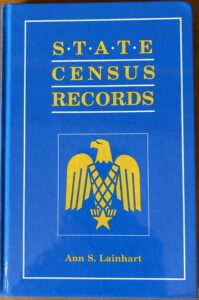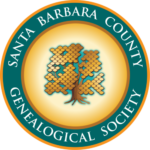Between the Decades: Harnessing State Census Records for Genealogical Research
While federal census records often grab the spotlight, state census records are hidden gems brimming with invaluable information for genealogists. Discover how to unlock their potential and enrich your family history research:
- Fill in the Gaps: Federal censuses are conducted every ten years. State censuses, however, were often conducted in the intervening years. They can fill in gaps and provide additional information about ancestors in between federal census years.
- Discover Relationships: Many state censuses include detailed family relationships, such as identifying heads of households, spouses, and relationships with the head of household. This can be crucial in piecing together family structures.
- Find Specific Locations: State censuses may provide more specific locations within a state, such as county, township, or city of residence. This can help narrow down where to look for other records like land deeds, wills, or church records.
- Learn About Ancestors’ Lives: Some state censuses include questions not found in federal censuses, such as employment, parental birthplaces, military service, or property ownership. These details can enrich your understanding of your ancestors’ daily lives and socioeconomic status.
- Track Migration Patterns: By comparing state census records over time, you can track the movements of families within a state or notice when they leave the state entirely. This can offer clues to migration patterns and potential reasons for moving.
- Uncover Hard-to-Find Ancestors: In cases where federal census records are missing or ancestors were overlooked, state censuses might provide the only existing census record for an individual or family.
- Understand Community Context: Viewing your ancestors within the broader context of their neighbors and community can provide insights into their lives and interactions. State censuses can be a window into the community’s composition during a specific time.
To make the most of state census records in your genealogical research, consider visiting state archives, libraries, or online databases that specialize in historical records. Remember, availability and information contained in state censuses vary widely from state to state and year to year, so it is worth exploring what’s available for your areas of interest.
 Available at the Sahyun Library is this book, stop by and check it out.
Available at the Sahyun Library is this book, stop by and check it out.
Further reading on an in-depth use of the State Census can be found at this link.


